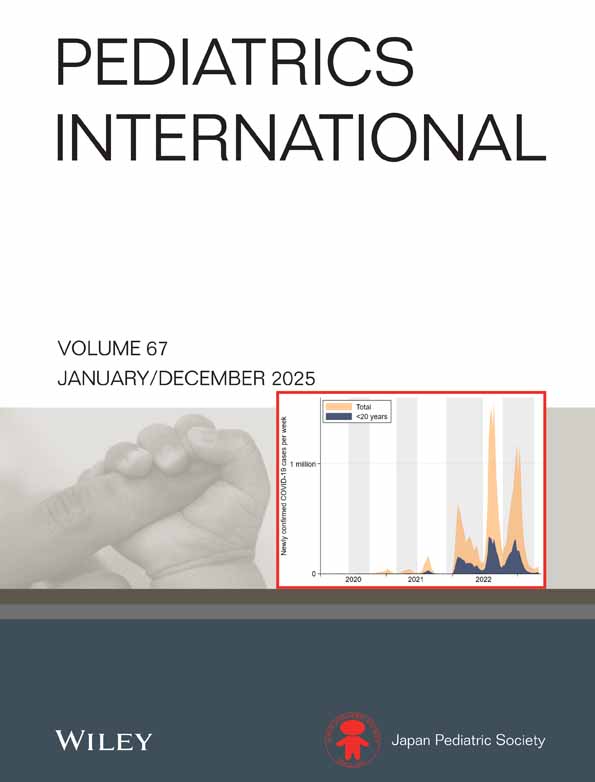Acquired cytomegalovirus infection and blood transfusion in preterm infants
Abstract
The urinary excretion of cytomegalovirus (CMV) DNA, amplified by polymerase chain reaction using two pairs of primers for late antigen (LA) and major immediate-early antigen (MIE), and serum CMV IgM were examined in 85 pre-term infants (birth-weight less than 2000 g) on admission and monthly until 6 months after birth. Of these 85 infants, 27 had blood exchange transfusions (BET) and 28 had bolus blood transfusions two to nine times. Fifteen of 27 infants underwent BET with blood that had been filtered through Pall RC100 leukocyte removal filter; the other 12 with unfiltered blood. Neither urinary CMV DNA nor serum CMV-specific IgM was detected at birth in any of the 85 pre-term infants; during the first 6 months after birth urinary CMV DNA, for both MIE and LA, appeared in 22 of the 85 infants (25.9%) and CMV IgM was positive in 14 of the 85 (16.5%). Nine of the 12 (75%) infants who received BET of unfiltered blood showed a significantly higher prevalence of urinary CMV DNA compared to the infants in the other three groups (i.e., those who received no blood transfusion, those who had bolus blood transfusions, or those who received BET of filtered blood; P < 0.01 in each instance). In a logistic regression model, CMV, DNA urinary excretion was significantly associated with the mode of blood transfusion (unfiltered BET), and the Odds ratio was 38.9 (95% confidence interval, 9.4–160). There was no significant association with other independent variables such as gender, mother's seropositivity, gestational age, birth-weight or delivery mode. In addition breast milk feeding was not likely to have influence on the high incidence of CMV infection among the infants who received the BET with unfiltered blood. In regions where the incidence of CMV seropositivity is high, as it is in the Japanese population, reduction of white blood cell and cellular blood components, such as platelets, through filtration is a convenient and effective way to successfully reduce the occurrence of acquired CMV infection in high-risk neonates.




